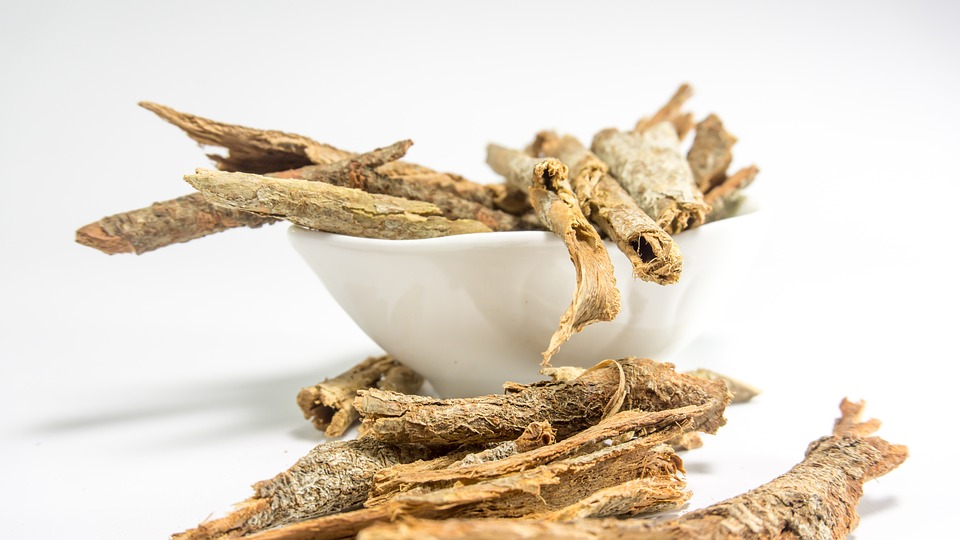By Irene Hayton
Miso is a fermented soybean paste that is used mainly as a condiment or seasoning. It originated in ancient China and has been made in Japan since the 7th century. The production of miso is very complex and is considered an art in Asia, much like cheese-making and wine-making is in Western cultures.
Miso is made by combining cooked soybeans, a yeast mold called “koji,” salt, and other ingredients (usually various grains) and then allowing them to ferment for anywhere from a few months to two or more years. The resulting product is then ground into a paste that has a texture similar to nut butter.
Varieties
The different varieties of miso include:
- hatcho miso—made from soybeans
- genmai miso—made from brown rice and soybeans
- kome miso—made from white rice and soybeans
- mugi miso—made from barley and soybeans
- soba miso—made from buckwheat and soybeans
- natto miso—made from ginger and soybeans.
Each type of miso has its own distinct color, texture, flavor, and degree of saltiness. They range in color from various shades of white, yellow, red, and brown. As a general rule, darker colored misos have been fermented longer, have a more intense flavor, and are saltier. Misos that are lighter in color generally have a shorter fermentation time, are sweeter and more mellow tasting, and are often better suited for light sauces and dressings.
Nutritional Information
Although the nutritional value varies depending on the type of miso, they are generally an excellent source of zinc and also contain iron, riboflavin, magnesium, high-quality protein, and trace amounts of vitamin B12. Unpasteurized miso contains lactobacillus—a beneficial bacteria that aids digestion—like that found in yogurt and other fermented foods.
Buying and Storing
Miso can be found in health food stores and in the natural food section of some grocery stores. Choose those that don’t have any additives (such as MSG) and that are unpasteurized (so that it contains the live beneficial bacteria). Because it can absorb toxins from the plastic container in which it is usually sold, you should transfer the miso to a tightly sealed glass or enamel container and discard the miso that adheres to the inside of the plastic container. Miso should be refrigerated and can keep for six months to a year.
Uses
Although miso has many uses, it’s most commonly known for its use in miso soup which is a traditional breakfast staple in Japan. See this month’s recipe for Miso Soup.
Miso can be used in place of salt, bouillon, Worcesterhire sauce, or soy sauce, in stews, sauces, soups, gravies, marinades, casseroles, dips, and dressings.
Note: Those with sensitivities or allergies to soy should avoid using miso.



